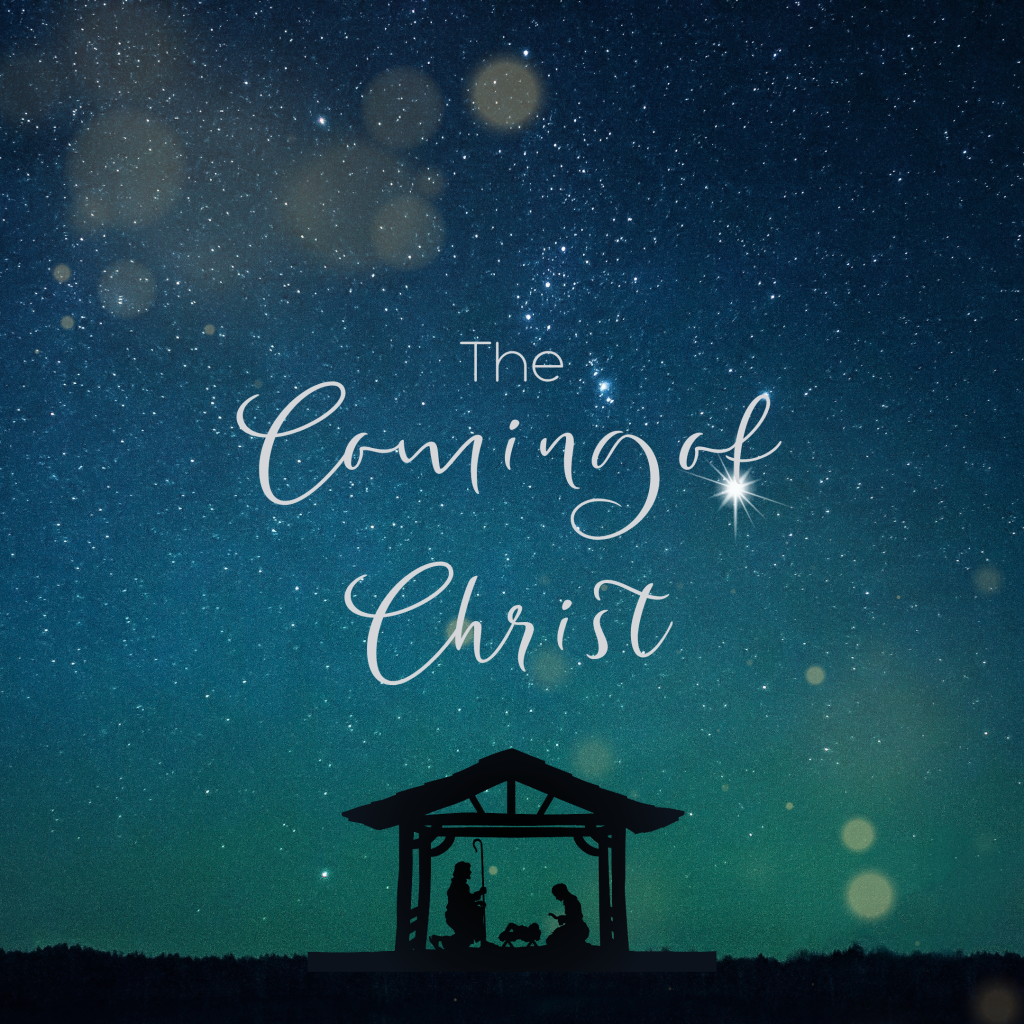
Romans 5:12-21
As we stand less than a month from Christmas, it’s crucial to ponder upon the advent of Christ. Amidst the anticipation of a joyful and radiant holiday, this season prompts us to delve deeply into the purpose behind God’s Son coming into this world. The detailed accounts of Jesus’ birth in the Gospels of Matthew and Luke, particularly Luke’s Gospel, offer us profound insights into this momentous event.
In Romans 5, the Apostle Paul draws a vast contrast between Adam and Jesus. Romans 5:12 highlights the origin of sin, shedding light on the question of its entry into our lives. Often, we ponder how sin infiltrated humanity, and this verse provides a clear answer: sin entered through Adam. Saint Augustine expounded on this, elucidating the ‘Theory of Original Sin.’
The ‘Theory of Representation,’ as outlined in Romans 5, addresses the concept of ‘seed,’ explaining the transference of Adam’s wrongdoing to subsequent generations. Adam’s act transformed humanity’s nature, leading to a continuous propagation of sin. Consequently, a new ‘seed,’ represented by Christ, becomes imperative, interlinked with the notion of ‘Born Again’ as expounded in Galatians 2. “I have been crucified with Christ. It is no longer I who live, but Christ who lives in me” (Galatians 2:20). This signifies the complete relinquishment of our former selves, paving the way for a rebirth in Christ.
Rebirth assumes pivotal significance. It delineates a stark contrast between those who have experienced it and those who haven’t—a distinction as vast as the heavens from the earth. The complete cessation of our old nature becomes imperative. Failure to do so leads to the resurgence of detrimental tendencies, emphasizing the importance of a wholesome and complete demise of our former selves.
The question of ‘how to (spiritually) die’ holds paramount importance. Jesus exemplified the ideal way through His crucifixion—a perfect act of self-denial. Paul affirmed this by stating, “I have been crucified with Christ. It is no longer I who live, but Christ who lives in me.” True life emerges from complete surrender, from the utter severance of the old self. This exemplifies the ‘Principle of Grafting.’
As we approach Christmas, dwelling as people entrenched in the temple of God, it’s crucial to fathom the depth of the Lord’s advent. His arrival signified the necessity of birthing a new species. The old seed within us must die effectively to birth a new seed. This demise implies a need for true life to manifest—life where ‘I live in Christ,’ embracing the ‘Theory of Unity’ in Christ, unified by love.
This comprehension illuminates the profound significance of Christmas. The Lord’s arrival was imperative for breeding a new species. It necessitated our deaths—deaths that pave the way for true life. Living encapsulates ‘Christ living in me,’ signifying our existence in Christ. This unity within Christ is fortified by love, as evidenced in John 15:10, “If you keep my commandments, you will abide in my love, just as I have kept my Father’s commandments and abide in his love.”
Let this understanding enrich your perception of the profound significance of Christmas. Embrace the essence of Christ’s coming—to birth a new species, to transition from the old to the new. This transition is quintessential, for without it, the continuation of the old will inevitably stir upheaval. Greet this Christmas with a profound sense of gratitude, deeply acknowledging the Lord’s grace and the transformation it brings.
